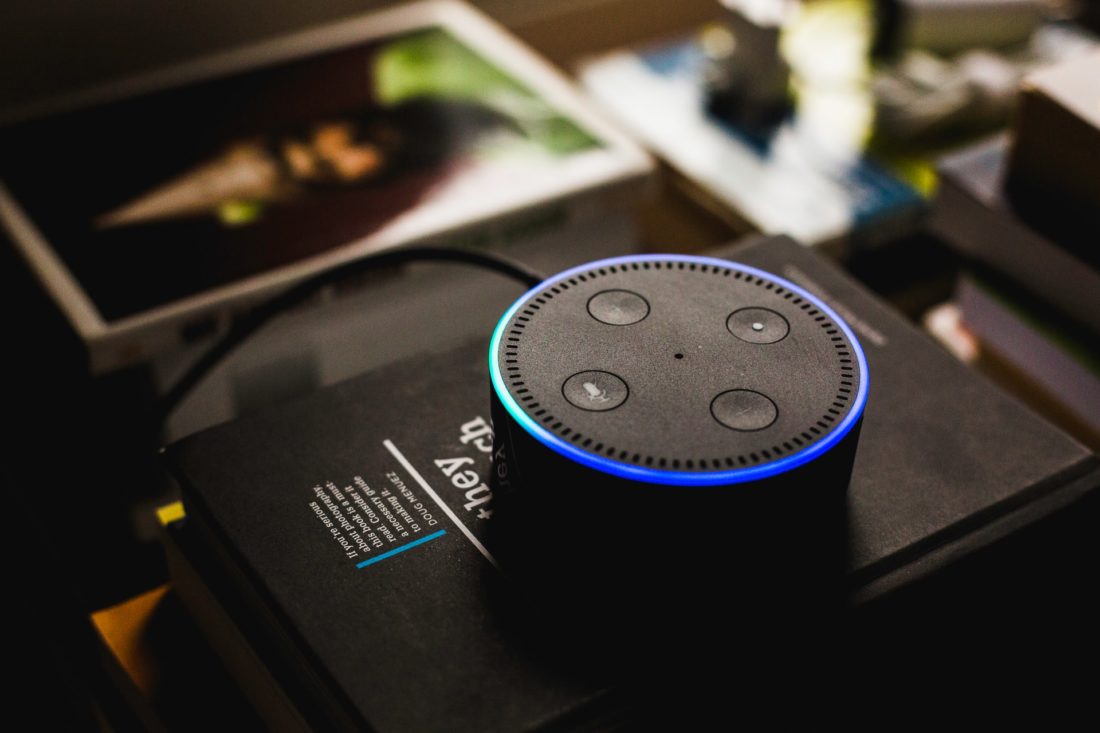Businesses face many challenges when it comes to creating personalized and unique customer experiences. However, acquiring data on users’ habits and needs directly from them can offer a significant advantage. Fortunately, technologies such as the Internet of Things (IoT) provide a multitude of opportunities for marketers to respond to and match the requirements of their target audiences.
In this post, we’ll discuss what IoT involves and how you can benefit from integrating it into your marketing strategy. We’ll also offer some tips for running an IoT-enabled business. Let’s jump right in!
A Brief Introduction to IoT-Enabled Marketing (And Why It Can Be a Valuable Addition to Your Business Processes)
IoT is a rapidly growing field, and it has changed the way people interact with gadgets. It is an ecosystem of connected devices, machines (such as cars), objects (such as home appliances), and/or people. Each of these typically has a unique identifier, and they all communicate over a network.
An IoT system may use sensors, actuators, and other computer devices to collect and transmit data. This technology is proving particularly significant for marketers. It’s smart to both be aware of it and find ways to integrate it into your business processes.
According to early forecasts, about 75 billion devices will be connected by 2025. This indicates a glut of data generated by IoT devices. This data, in turn, can help businesses better personalize their services based on user traits and tastes.
There are many ways brands can put their best foot forward when breaking into IoT-based markets. Wearables such as fitness trackers often have the ability to share posts and progress across different social media platforms:
Making Connections
This has led to the creation of new communities of people who use these types of devices. Marketers can find ways to connect with groups like these, and work at converting them into customers gradually.
There are quite a few examples of this benefiting brands in a very concrete way. For example, the use of Coca-Cola’s connected coolers in convenience stores enables retailers to not just sell beverages; they can also improve customer experience and engagement. This, of course, hinges on the data generated by sensors and other monitoring devices. Retailers can also anticipate technical issues and ensure optimum equipment performance.
For a more extreme example, you can take a look at Amazon Go’s grocery shopping experience. The concept is that customers will walk into a grocery store and pick up items they need, without standing in line or dealing with cashiers. Every movement is tracked as selected items are added to the app’s virtual cart; any items returned to the shelf are removed. This data can also further personalize your experiences across the entire Amazon platform.
4 Top Tips for Implementing IoT-Enabled Marketing
There’s no doubt that IoT has much to offer for marketers and business owners alike. However, implementing new technologies is often a significant undertaking. Keeping the following key tips in mind can help to make the process much smoother.
1. Take Advantage of Existing Products
It’s worth noting that while it’s important to be aware of new trends and continually innovate as a business, it’s also smart to take advantage of established products and solutions. This is, in part, because existing technologies are often more stable and have better security.
One way to get started is by embedding existing products with sensors. Sensors produce unique data and analysis to improve the customer experience. They can also reduce the risks of launching new technology.
However, once the time is right, there are some strategies that can help when implementing new technology. You’ll want to make sure you fully understand your customers’ unique needs, so that your solutions are aligned with them. You’ll also want to keep your marketing simple and easy to digest.
2. Ensure That Security Is a High Priority
Security is very important for nearly all aspects of running a business. But it is especially paramount in IoT-enabled marketing and development. After all, loopholes can be attacked to gain access to a variety of connected devices.
For example, compromised home devices that control environmental conditions or city infrastructure systems that manage traffic can lead to severe consequences. Therefore, maintaining high security levels needs to be of the utmost priority.
One of the most important steps you can take is to train and use specialized security personnel. They’ll need to be aware of all possible threats and prepare for them. It’s also smart to keep up with current and emerging solutions, as well as stay updated with industry insights.
3. Provide Quality Solutions to Existing Problems
Providing solutions to existing problems is the foundation of many businesses. However, in order to stand out, it’s important that your products and services solve customer issues—better than the available alternatives.
You can do this by keeping the needs and requirements of your target audience in mind. That way, you can always provide the best solutions for them. For example, IoT can help solve challenges such as decreased content consumption.
Internet-connected kitchen appliances can deliver recipes to audiences. Smart platforms can turn commutes into lengthy periods of heightened engagement with different content forms. In other words, IoT-enabled marketing presents businesses with several opportunities for solving existing problems in creative ways.
4. Adapt Quickly to New Ideas and Technology
Although many companies attempt to make innovative software solutions, it’s rare that the products they create are unique. However, as we’ve already mentioned, it’s important to stand out from the existing noise.
You can do this not only by creating a unique brand identity and voice, but also by adapting rapidly to new ideas and technologies. For example, you can leverage ‘geoconquesting’—using a geofence to attract customers away from the competition. Geoconquesting can detect viable users within a good distance of your store, so that you can reach out with offers.
One example of this in action was Burger King’s Whopper for a Penny campaign. Burger King sent customers alerts for a discounted Whopper when they came within 600 feet of a McDonald’s, and then directed them to their nearest outlet.
Conclusion
As more devices are increasingly interconnected, new opportunities arise for marketers to analyze and use customer data. This can lead to more personalized customer experiences, and better relationships between brands and their audiences. Some tips for implementing IoT-enabled marketing include taking advantage of existing products, ensuring that security is a high priority, adapting to new ideas and technologies, and more.
Do you have any questions about implementing an IoT-enabled marketing strategy? Let us know in the comments section below!
Image credit: Unsplash.





Join the conversation